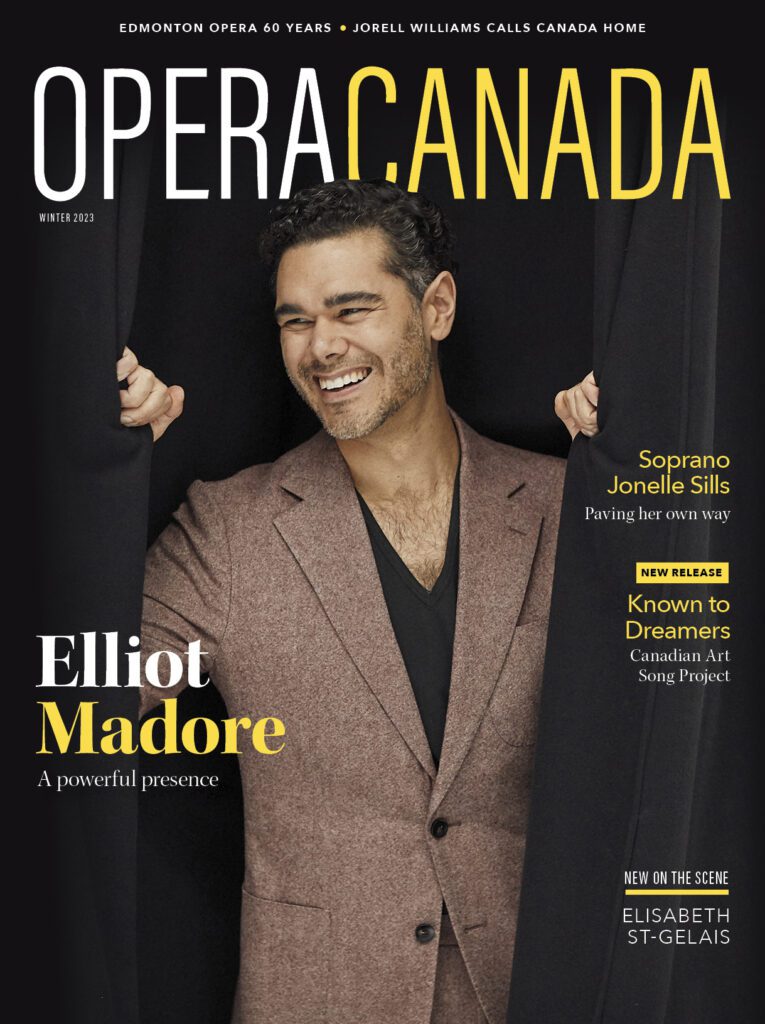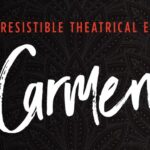Framed at the centre of the platform by bass violist Reiko Ichise and
theorbo player Lynda Sayce, with violinists Cecilia Bernardini and Huw
Daniel to right and left, and Robert King’s harpsichord and chamber organ
to the rear, Sampson looked and sounded the epitome of elegance and
expressiveness. Her smoothly polished soprano is a perfect fit for
Purcell’s melodic fecundity. The tone was clear as a bell, the diction
superb: the words seemed to float on the melody. And, the purity and
easefulness of Sampson’s sound production is wonderfully suited to
Purcell’s rhythmic shifts and quirks which were pliantly absorbed into the
flowing phrases. Moreover, while Sampson’s tone is unblemished it is never
colourless: she imbued the clean line with judicious expressive radiance.
The programme alternated some of Purcell’s ‘greatest hits’ with
instrumental sonatas, largely drawn from the Ten Sonatas in Four Parts that Purcell’s wife, Frances, published
in 1697, two years after her husband’s untimely death. The first and third
of the composer’s three settings of Colonel Henry Heveningham’s ‘If music
be the food of love’ bookended the performance. In the 1692 setting,
Purcell often assigns two notes to each syllable and Sampson flowed freely
through the relaxed vocal line, accompanied by bass viol, theorbo and
harpsichord. The third setting, dating from three years later, is more
extravagant and elated, and here Sampson’s melismatic elaborations had a
delightful ‘slipperiness’ which captured the poet-speaker’s excited
appeals; the latter were echoed in Ichise’s vivacious but eloquent bass
viol line.
The tempo of ‘Music for a while’ seemed to me to be fairly swift and the
angular ground bass unfurled with compelling forward motion as it searched
for new harmonic terrain and then retreated to home ground in an unceasing
exploratory cycle. Similarly, the vocal line seemed to be perpetually
striving towards something just out of reach, the small leaping motifs
creating energy and brightness. When the peaks are reached many of the
vocal phrases slip down scalically, and the flowing tempo helped Sampson
create a fluid, silky vocal line and to integrate the shifts of register
into a sinuous whole which was enriched by plangent instrumental
suspensions.
The text for ‘Not all my torments can your pity move’ is just four lines
long, but Purcell manages to traverse a wide emotional landscape. Above the
grave, slow-moving bass line, Sampson sang with recitative-like freedom at
the start, flourishing through Purcell’s melismatic rhetoric in the opening
line to convey the anguish of the rejected poet-speaker’s unrequited love,
a biting pain which seems to deepen with the extended, more angular
repetition. The contrasting simplicity of the monosyllabic directness of
‘your scorn’ was thus a more pressing assertion of an angry despair which
overflowed in the impassioned excess of ‘increases with my love’. ‘Yet to
the grave I will my sorrow bear’ sank to the depths, yet Sampson’s voice
remained full of emotive weight; and, while there was vigour in the hopeful
repetition of ‘I love’, the final melisma was a cry of desolation. This was
wonderfully dramatic, communicative singing.
Ichise’s ground bass again created a fluent momentum in ‘O! fair Cedaria’,
which complemented the freedom and grace of Sampson’s opening melisma,
while the gracefulness of the soprano’s ornamentation was an exquisite
embodiment of the ‘beauty and charms’ which shine so dangerously from
Cedaria’s visage. Again, lovely interaction between voice and bass viol
created a beguiling lyrical rhetoric, suggestive of the enslavement of one
who ‘Unless I may your favour have/[cannot] one moment live’, an almost
delightful torture which was emphasised by the major/minor harmonic
tensions and the sustained sequences played by the organ and theorbo which
underpin the final magical vocal descent.
Such cares were swept aware by the unadorned purity and melodicism of
‘Fairest Isle’, in which the two violins provided invigorating inter-verse
reflections, the two fiddlers injecting freshness and life through
interesting bowing which created a sense of airiness and lift, above the
lightly tripping harpsichord. King chose the chamber organ to accompany ‘O
solitude’ but there was no sense of ‘heaviness’, particularly as Sampson’s
isolated single-syllable utterances were so perfectly placed and the rises
in the vocal line were infused with a frisson of brightness. She withdrew
to an enchantingly delicate pianissimo, though, when reflecting on
her own ‘fancy’ – ‘I hate it for that reason too,/Because it needs must
hinder me/From seeing and from serving thee’ – and the tierce de Picardie in the final phrase, ‘O solitude, O how I
solitude adore’, evoked the self-reflective indulgence of the poet-speaker.
‘Incassum Lesbia, incassum rogas’ (In vain, Lesbia, do you beseech me),
written following the death of Queen Mary in December 1694, was a highlight
of the recital. In the framing recitative-like sections Purcell employs
every rhetorical harmonic and rhythmic gesture in his arsenal to
communicate unassuageable grief. Sampson relished the dissonant cries and
sobs, which were paradoxically both sweet and sorrowful, a dualism
complemented by the instrumental swings between major and minor harmonies.
In contrast, the central aria ‘En nymphas! En pastores!’ (Lo, the nymphs,
lo the shepherds) lilted flowingly, and the dark colours which saturated
the final lines were assuaged by the warmth and stability of the final
image of the Queen’s ‘star’, which ‘Shines on in the heavens’.
The final item, ‘If love’s a sweet passion’, was given persuasive direction
by the bass viol and enlivened by the contributions of the two violins. We
had had the opportunity to enjoy the instrumentalists’ conversation in the
Sonatas which had intervened between the vocal numbers. The King’s Consort
combined precision and flexibility, creating varied textures and timbres
within single sonatas. Yet, even when the harmonic dissonances created
density there was a prevailing lightness which allowed the interplay
between instruments to come to the fore, as in the Allegro of the
Trio Sonata in G minor, or the Canzona of the Sonata of Four Parts
in A minor. Elsewhere, there was a seamless blending, as in the beautiful
evenness and serenity of the Largo which closes the Sonata in D
Minor. The instrumentalists did not overlook even the slightest
harmonic nuance, and guided unobtrusively by King used Purcell’s myriad
harmonic devices and discordances – the yearning suspensions of theLargo of the Sonata in B minor were particularly telling – to create rhythmic impetus and build coherent forms from diverse
parts.
The Sonata in F major which opened the second half of the concert was
especially appealing, with second violinist Huw Daniel making a lively
contribution in the Canzona and ensuing Grave, the
violins’ dialogue creating a sense of ‘theatre’ – fitting for a work
commonly known as the ‘Golden’ Sonata. Here, too, the bass viol line was
full of vigour and freedom; indeed, King reminded us in a programme note
that the sonatas had initially been written in three parts but that a
separate basso continuo part had been added – for ‘the Organ or Harpsecord’
– which strengths the harmonic foundations of the sonatas and enhances the
chromatic colouring so characteristic of the composer’s harmonic language.
The full house at the Wigmore Hall were warmly appreciative at the close,
and when King disturbed the symmetry of the WH florist’s platform
adornments, plucking a red bloom to bestow upon the unassuming Sampson, the
gesture seemed an appropriate mirror of our own gratitude and admiration.
Claire Seymour
The Genius of Purcell
: The King’s Consort – Carolyn Sampson (soprano), Cecilia Bernardini &
Huw Daniel (violins), Reiko Ichise (bass viol), Lynda Sayce (theorbo),
Robert King (harpsichord & chamber organ)
Henry Purcell: Sonata of Four Parts in A minor Z804, ‘If music be the food
of love’ (first setting), ‘Music for a while’, Trio Sonata in G minor Z780,
‘Not all my torments’, ‘O! Fair Cedaria’, Sonata of Four Parts in D minor
Z805, ‘Fairest Isle’, Sonata of Four Parts in F Major Z810, ‘O solitude, my
sweetest choice’, Sonata of Four Parts in G minor Z807 (Adagio),
‘Incassum Lesbia’ (The Queen’s Epicedium), Sonata of Four Parts in B minor
Z809, ‘If music be the food of love’ (third setting), ‘If love’s a sweet
passion’.
Photo credit: Marco Borggreve
Source: Opera Today









